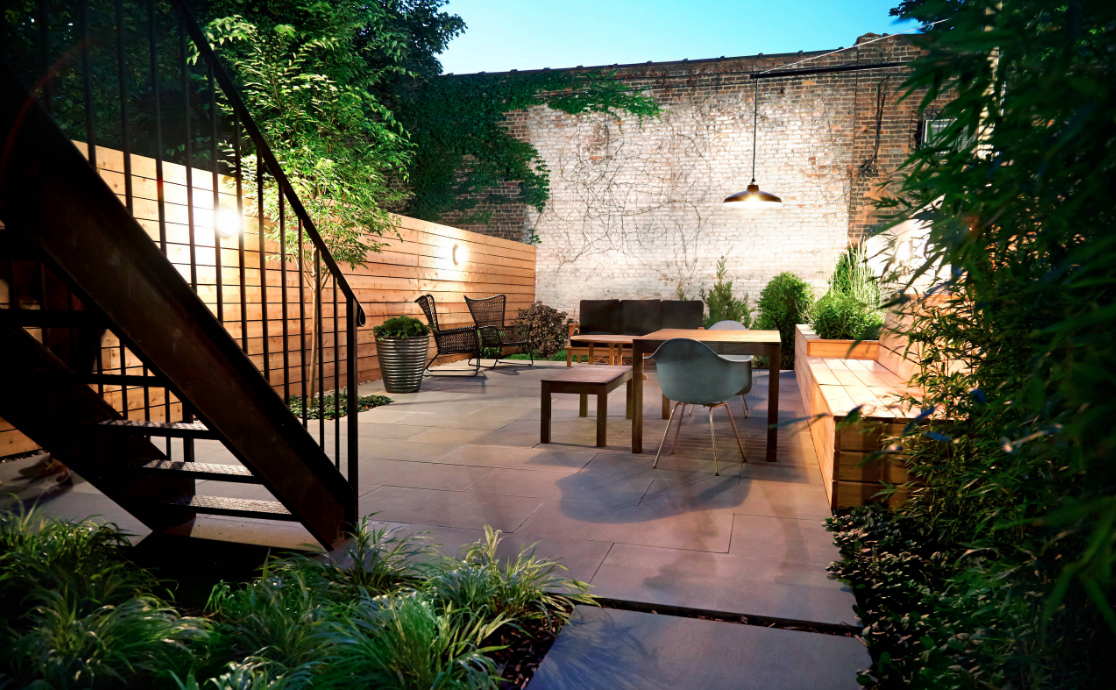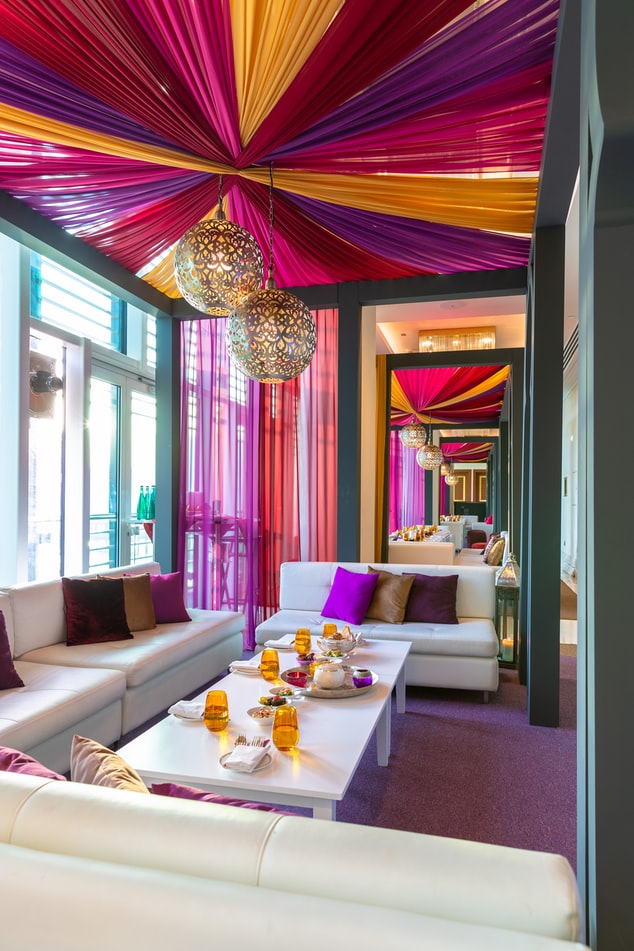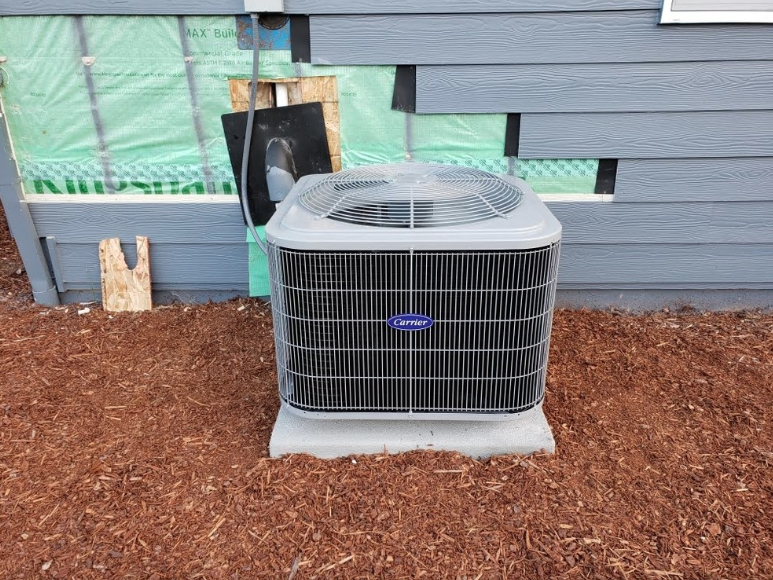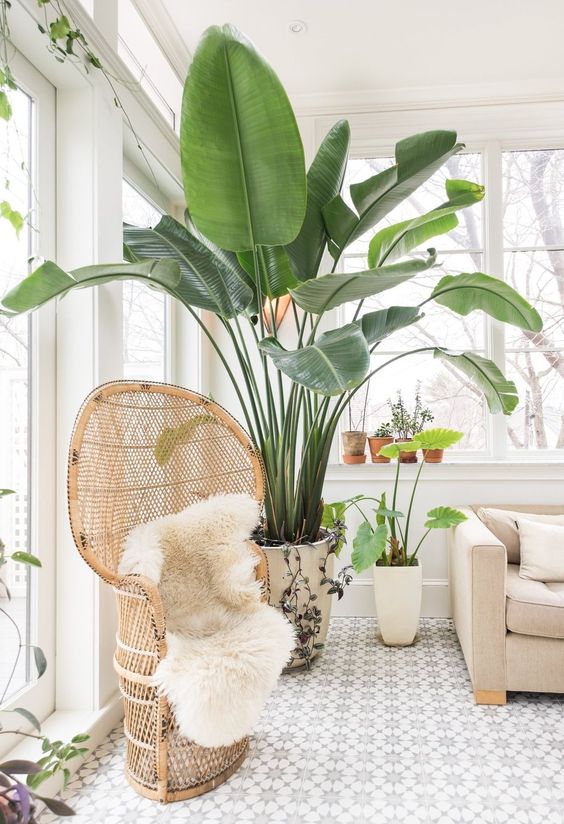How to Make Your Home or Building More Environmentally Friendly

Climate change is happening and will only get worse if we don’t cut our emissions. And since buildings are “responsible for almost 40 percent of U.S. carbon dioxide emissions,” we need to start finding ways to make buildings more environmentally friendly.
 Photo By: New Eco Landscapes
Photo By: New Eco Landscapes
The benefits aren’t just for the planet either. The majority of green building techniques can make you money as well. From tax incentives to energy savings, there are many reasons to go green. You can even increase the value of your home or building. Home Appraising Group, home appraisers in Philadelphia, says, “Making improvements that cut down on energy costs can raise the value of your home. This could include installing solar panels (as long as you own them) and a smart thermostat.”
With that in mind, here are some ways to make your home or building environmentally friendly.
6 Ways to Make Buildings Greener
Go Tiny
Tiny homes have been becoming increasingly popular. Many people see the value of living with absolute necessities and nothing else. A smaller home means fewer emissions because they cost less to heat and cool, and some can even be powered completely by solar energy. And since they are so small, there will be fewer light bulbs to replace and water used for cleaning. You can have a zero-emissions home and reduce waste by living small. If you don’t want to go that small, try to cut down on as much space as possible—the smaller the better. Do you really need a basement or a separate space for an office or studio? Sometimes, we think we need these spaces when we really don’t. Then that wasted space does more harm than good.
Use Sustainable Building Materials
One of the best things you can do for the environment is to use local, sustainable building materials. Making sure they’re local cuts down on shipping emissions, and choosing recyclable and renewable materials cuts down on waste. Some examples of renewable materials include bamboo, reclaimed lumber, cork, recycled plastic and glass, and linoleum. And if you already have a home, you can use materials from your old home to build your new home. If your doors, windows, and floors are in good shape, why not reuse them?
 Photo By: New Eco Landscapes
Photo By: New Eco Landscapes
Install Solar Panels
Solar panels aren’t just for tiny homes. Any building can benefit from solar energy. When you’re building a brand new structure, you can optimize it for solar energy. Make sure to build it in a way that makes the best use of sunlight. If your home faces the west, it will increase sun exposure. This is great for your solar panels but will also heat up your home. Make sure you either take steps to cool the house naturally or put rooms on the west side of your house that does not require as much AC, like laundry rooms, bathrooms, and garages. A great example of optimized solar energy is the Caterpillar House on the Santa Lucia Preserve in California. It was built in a way that allows the entire house to be powered by solar energy.
If you create extra energy, you can even sell that back to your utility company. Plus, the government offers tax incentives, grants, and other benefits to people who invest in solar power. However, none of these incentives are available if you lease solar panels. If you want all of the benefits, you must own them.
Properly Insulate the Building
One of the best ways to cut down on energy consumption is to make sure the walls and floors are properly insulated. If hot and cold air is able to escape your house, it’s going to cause your HVAC system to work much harder. Insulation in the walls and floors is installed when the structure is built. If you’re starting from scratch, make sure everything is insulated. If you are trying to make improvements to an existing structure, feel the walls. If they are cold and damp, you don’t have enough insulation. Windows, doors, and ducts are the biggest problem areas. Make sure everything is sealed tight. Over time, natural wear and tear can cause these areas to expand and contract, which can open up the seals. If you notice that you’re using more energy than usual, check these areas for cracks. If there are many, it’s time to replace your problematic door or window.
 Photo By: Osborne Architects
Photo By: Osborne Architects
Capture & Conserve Water
Water is arguably our most precious resource, so it makes sense that an environmentally friendly structure would help make the most of it. Rainwater can be harvested and used, and low-flow sinks, showers, and toilets can be installed. Some buildings are incorporating water collection into their roofs, like the Pixel building in Melbourne, Australia.
“…if Melbourne maintains the ten-year average rainfall levels from 1999-2009, Pixel will be self-sustainable for water supply.” Its green roof and perimeter planters collect rainwater for later use and help to keep the building cool. How you use your water matters as well. A lot of our water consumption comes from cleaning our dishes and clothes. Make sure your machines use water conservatively. ENERGY STAR products are energy efficient according to the Environmental Protection Agency (EPA). Hand washing your dishes is not better for the environment either. A full dishwasher that uses water conservatively will use less water to clean more dishes.
Install Smart Lighting and a Smart Thermostat
Smart home technology is great at cutting energy consumption, and it’s slowly making its way to commercial buildings as well. Smart LED lighting and a smart thermostat will go a long way when cutting down on energy consumption over time. LED bulbs alone can cut your costs, but pairing the bulbs with smart lighting fixtures can make sure no light is on when it shouldn’t be. You can set a schedule that your lights follow every day that will optimize use. Similarly, a smart thermostat can be set on a schedule. You’ll also never have to worry about leaving the heat or A/C on when you leave the house again because you can turn them off from your phone. What steps are you taking to cut down on the high emissions that come from buildings and homes? Let us know in the comments below!









Leave a Comment